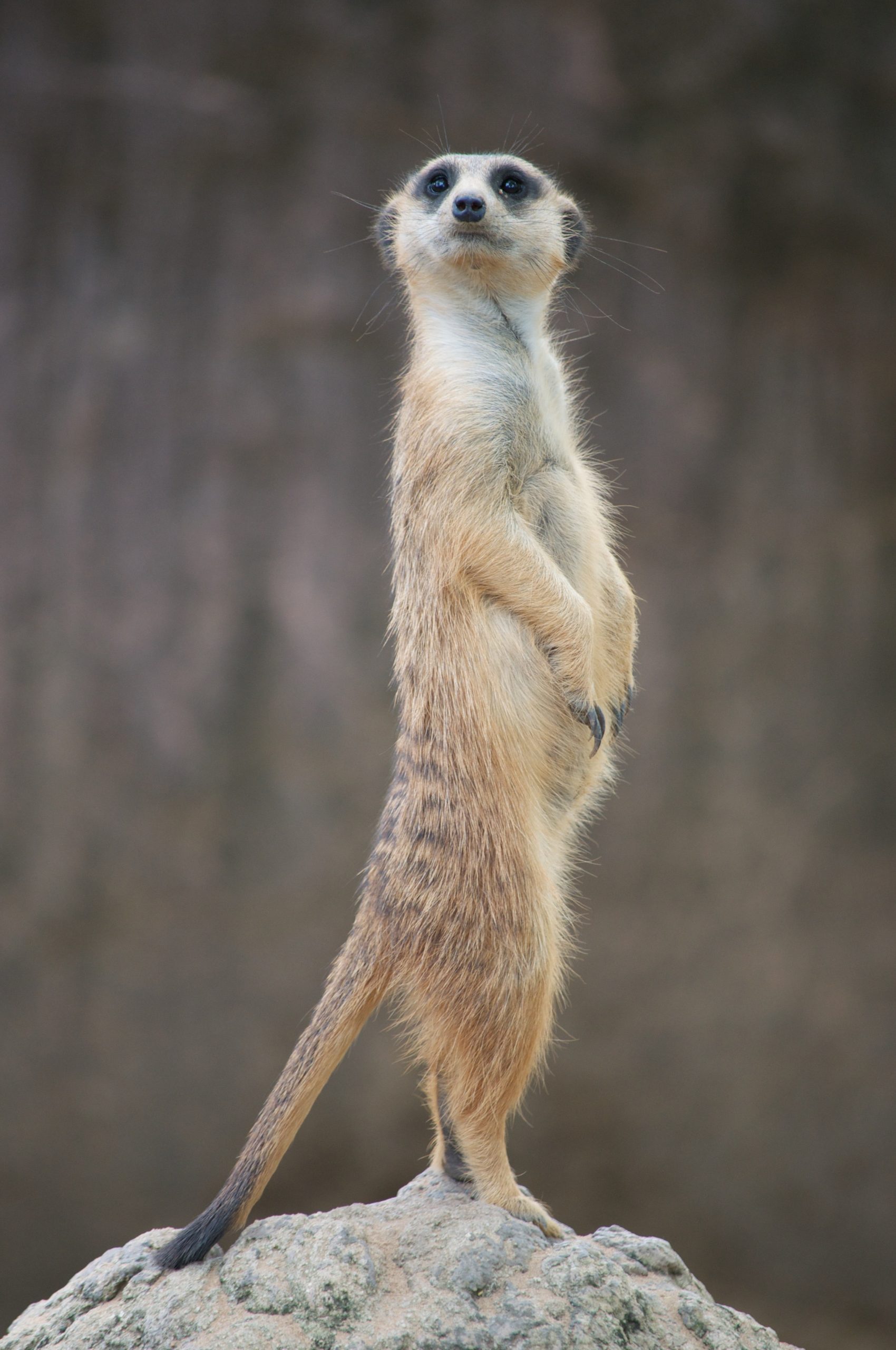Meerkats are fascinating creatures that have captured the hearts of people all over the world. These small, social mongooses are known for their comical behavior and their unique ability to stand on their hind legs. But beyond their entertaining antics, there is much to learn about meerkat behavior and their complex social structure.
Meerkats are found in the arid regions of southern Africa, where they live in large groups called mobs or gangs. These groups can consist of up to 40 individuals and are made up of closely related family members. Within the mob, there is a dominant pair, usually the oldest and largest individuals, who are responsible for breeding and leading the group. The rest of the meerkats are divided into subgroups that work together to forage for food, defend their territory, and care for the young.
One of the most fascinating aspects of meerkat behavior is their cooperative foraging strategy. Meerkats are primarily insectivores and hunt together to increase their chances of finding prey. They use their keen sense of smell and sight to locate food, and then work together to dig it out of the ground. Meerkats also have a unique way of dealing with venomous prey, such as scorpions and snakes. They have evolved an immunity to the venom and will often work together to kill and eat these dangerous creatures.
Meerkats are also known for their complex vocal communication. They have a wide range of vocalizations, including barks, chirps, and growls, that they use to communicate with each other. One of the most important vocalizations is the alarm call, which warns the group of potential predators. Meerkats are particularly vulnerable to predators, such as eagles, jackals, and snakes, and rely on their quick reflexes and cooperative behavior to defend themselves.
Another interesting aspect of meerkat behavior is their grooming rituals. Meerkats are fastidious groomers and spend a significant amount of time cleaning themselves and each other. This behavior helps to strengthen social bonds within the group and maintain hygiene.
Despite their charming behavior, meerkats face many threats in the wild. Habitat loss, climate change, and predation by humans and other animals all pose a risk to their survival. However, there are efforts underway to conserve meerkat populations and protect their habitat.
In conclusion, meerkats are fascinating creatures with complex social behavior and unique adaptations that have allowed them to thrive in harsh environments. By understanding their behavior and ecology, we can appreciate these amazing animals and work to ensure their continued survival in the wild.











